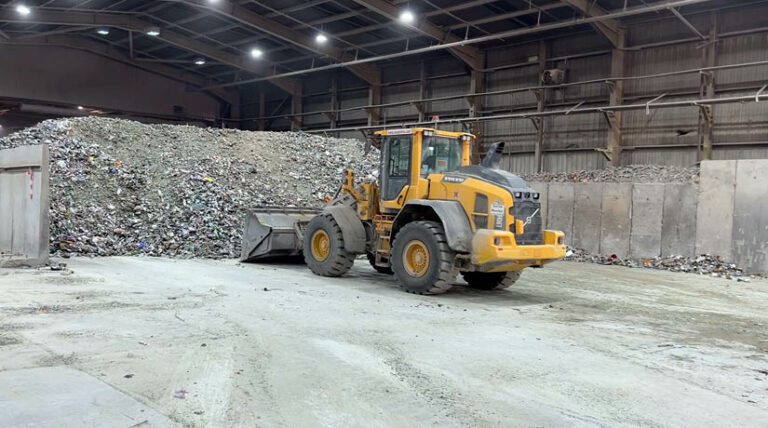
APM Terminals – Peru
Introduction to APM Terminals Case Study
With the growth of global trade, Callao port and terminal operators are handling an increasing volume of cargo and shipping containers. Operating 24 hours a day, APM‘s large workforce and fleet of industrial vehicles are required to ensure cargo and container handling operations are successfully carried out safely and efficiently.
Industrial vehicles such as reach stackers have to operate in close proximity to pedestrian workers which means the risk of collisions is increased. Driver visibility can be reduced when manoeuvring and handling containers which can sometimes make it difficult to take avoiding action. Unfortunately, a number of serious accidents and fatalities within port and terminal environments have occurred. This video (Spanish) demonstrates ZoneSafe working at ATM Terminals – Callao, Peru.
Fitted to APM’s range of reach stacker vehicles, the ZoneSafe Vehicle To Person Application has been used to improve safety and awareness throughout the port.
The system is designed to make the driver aware of pedestrians working in close proximity to the vehicle – an essential driving aid due to limited driver vision.
The in-cab control system emits an audible visual alarm every time pedestrian workers wearing ZoneSafe tags encroach the vehicle detection zone.
Feedback
The system provided a very effective and stable detection zone around the Reach Stacker, whether it was carrying a container or not. Both drivers and operational staff during the trial concluded that ZoneSafe would certainly reduce the risk of Reach Stackers colliding with personnel wearing ZoneSafe tags, thereby helping them work towards their goal of zero fatalities and accidents.
APM Terminals Case Study Conclusion
As discussed with the customer, ZoneSafe included additional options and features fitted to the customer’s fleet of reach stackers. Options included a touchscreen display on the in-cab control unit, which indicated pedestrian locations using the ZoneSafe tags and additionally, zone switching, which enabled areas of the detection zone to be switched on and off.
Continue Reading

What Are The Best Active Signage Systems For a Marina?
Similar to any setting where vehicles and people interact closely, there are many risks around the marina environment. Heavy vehicles and cranes are often in…

Visit ZoneSafe at The Health & Safety Event
Our next exhibition this year comes at The NEC for The Health & Safety Event. This is a fantastic opportunity for you to explore the…

How to Improve Vehicle Safety In Your Waste Centre
Workplace transport accidents are one of the most common causes of serious injuries and fatalities in the waste management industry, and being struck by a…
Get in Touch
See how ZoneSafe can provide a solution for you Get in touch
